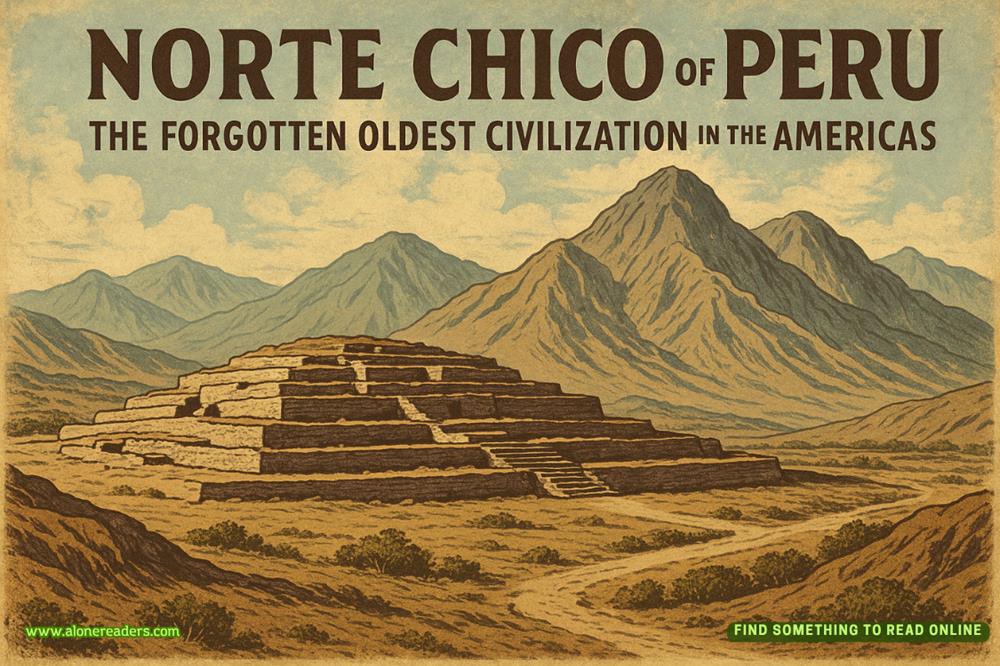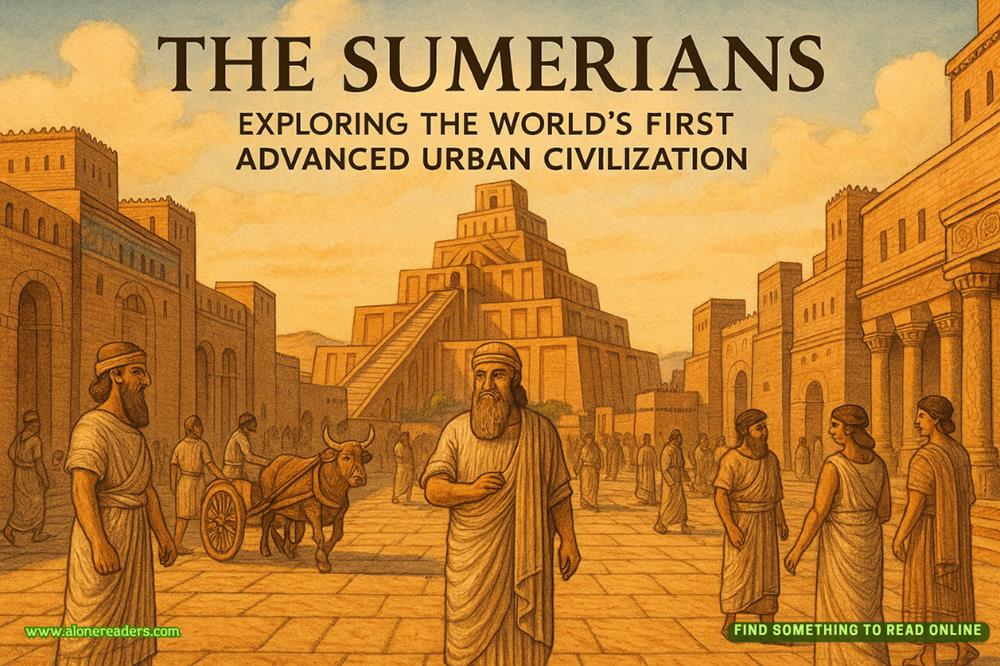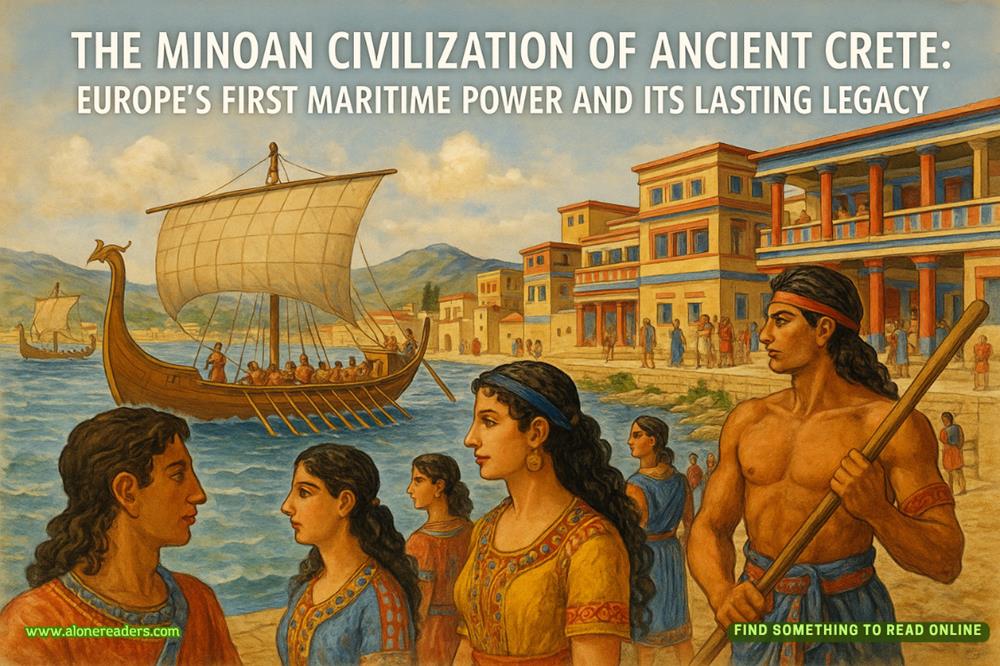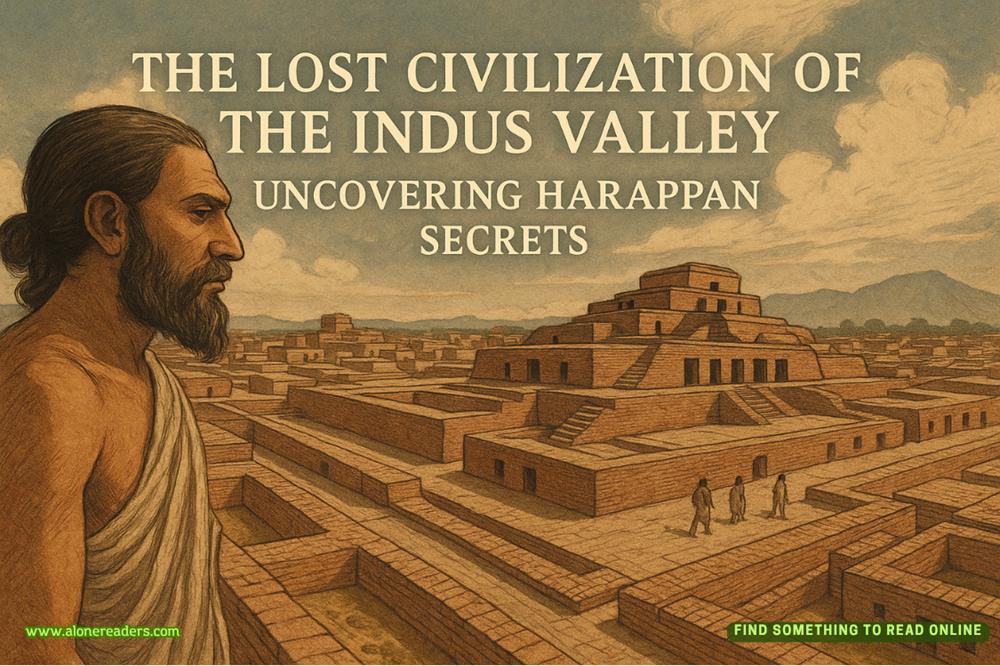Page 101 of The Devil Colony (Sigma Force 7)
Kai looked aghast at Rafael. Apparently her captor had not revealed this extra bit of security to her.
“I thought this best,” Rafael explained. “Now you will not be distracted by the thoughts of wresting your niece from me. We can both concentrate on what must be done. In the meantime, she is perfectly safe until we complete our transaction.”
The tension in the room seemed to thicken the air between the two forces. Backing up Rafael, his Aryan bodyguard rested his palm atop his holstered sidearm. Five mercenaries flanked their leader.
They were at an impasse—and time was running out.
Painter had said he didn’t want drama, and here he was adding to it. He needed to end this.
Painter gave Kai a firm look of assurance. He would get her through this—somehow. He turned back to Rafael. “Did you bring the gold wolf’s-head jar?”
“Of course.” Rafe hobbled around. “Bern, bring that valise to the table.”
The soldier obeyed, stalking across to a medium-size case on the floor. He hauled it atop a coffee table and opened its lid. The golden canopic jar lay nestled in protective black foam. The two gold tablets, stolen by Kai out of the Utah cave, were also inside.
Hank noted the tablets, too, and moved closer, but Bern extracted the jar and snapped the lid closed. The soldier crossed and placed the artifact on the table next to the computer workstation.
Again Painter was struck by its beauty, from the perfectly sculpted head of a timber wolf to the handsomely etched mountain landscape. But he did not have time to appreciate such artistry. Instead, he studied it as if it were a piece to a puzzle.
Without turning, he pointed his arm back. “Kowalski, go unpack our gear.”
Rafael stepped beside Painter, his movement accompanied by a waft of spicy cologne. He leaned on his cane with both hands. “Do you truly think this will help us narrow down our search of these two million acres?”
“It must. The satellite passes of the park are of little use.”
En route to Yellowstone, Painter had pulled every string he could, raising the alarm all the way up to the Oval Office. With President Gant’s signature, along with approval of the Joint Chiefs of Staff, Painter had commandeered every available satellite in orbit. The entire park had been scanned across every spectrum: ground-penetrating radar, geomagnetic potentials, thermal gradients . . . anything that might offer a clue as to where a lost city might be buried.
He’d come up with nothing.
“Problem is,” Painter said, “this terrain is riddled with caverns, caves, vents, lava tubes, and hot springs. Pick almost any spot in the park and there seems to be some cavity or pocket underground. The city could still be anywhere.”
“And the physicists?” Rafael asked.
“We’ve got every expert in subatomic particles trying to calibrate and pinpoint the source of the massive neutrino flow from this region. But the volume of production is so prodigious that they could narrow the scope only to a two-hundred-mile radius.”
“Useless,” Rafael commented.
Painter agreed. He had one hope. It rested on the table. The landscape on the canopic jar. Some ancient artist had taken a great deal of time to etch it so meticulously upon the bottle.
The foreground of the landscape showed the confluence of two creeks, flowing into the distance down a forested valley. In the background rose towering clifflike mountains, fringed by lodgepole pines, so detailed that each needle had been carefully scratched in place. And in the middle, rising between the creeks, rose a tall cone, slightly steaming, like a small smoldering volcano. Around it stood smaller anthill-like cones.
So realistic were the details that it seemed impossible to believe them to depict anything other than a real place. The steaming geothermal structures in the center certainly suggested that such a spot might be found within this park. Painter pictured the artist sitting in a field, meticulously working the metal to preserve an image of this place. If it was important enough to etch onto this canopic jar, it must represent a site sacred to the Tawtsee’untsaw Pootseev. Perhaps it was a view from their new refuge here in Yellowstone.
That’s what Painter hoped.
By now, Kowalski had unpacked the cases Painter had ordered him to bring here. He set the disassembled pieces of the digital laser scanner on the table, next to all of the other computer equipment.
Painter glanced from Rafael to the scrawny computer tech. “Do you have all the satellite uplinks and parameters set on your end?”
“We do.”
“Can your guy help me assemble and get it cabled in properly?”
Instead of addressing the tech, Rafael turned to the tall African woman. “Ashanda, perhaps you should oversee TJ’s handiwork. We don’t want to risk any mistakes.” He drew Painter aside. “Let them do their magic.”
Even with the use of only one hand and without speaking a single word, Ashanda orchestrated the assembly of the laser device, along with its calibration and integration into the workstation. Even Kai helped run some of the cabling, plainly needing to do something—though every jangle of the handcuffs drew a scared glance from her.
Within a few minutes, a window opened on one of the monitors, ready to accept data. The window ledger read LASER TECHNIQUES COMPANY, LLC. It was a company out of Bellevue, Washington, that worked with NASA, developing patented tools to detect erosion, pitting, scuffing, or cracking in metallic surfaces, covering a gamut of uses that included space-shuttle thrusters, military hardware, nuclear steam generator tubes, and underwater pipelines. The laser device could pick up and photograph minute changes in metal that the eye could easily miss.
Painter needed that precision now.
Ashanda turned and silently announced the completion of her work with a small bow of her head.
Is she mute? Painter wondered absently. But he could give the question no more attention than that. At the moment he had a more important puzzle to solve.
“Guess that’s my cue,” he said.
He stepped back to the table and switched on the laser mapping system. A bluish holographic cone glowed from the scanner’s emitter. Painter positioned it until a set of crosshairs were fixed to the center of the golden landscape. Once this was done, he activated the scan.
Dark azure lines flowed up and down across the golden surface, then back and forth, absorbing every detail off the jar, from the tiniest wisp of steam to a minuscule pinecone hanging off the branch of a tree in the background.
On the computer monitor, the image formed—at first a static flat image, then, as the scan finished, it rendered out into an extrapolated 3-D view. A square slice of landscape, topographically accurate, spun slowly on the screen.















